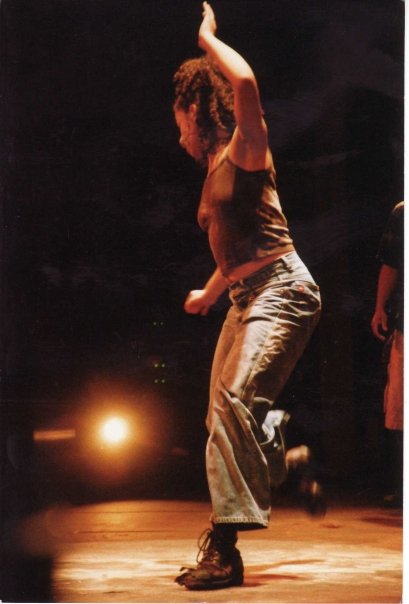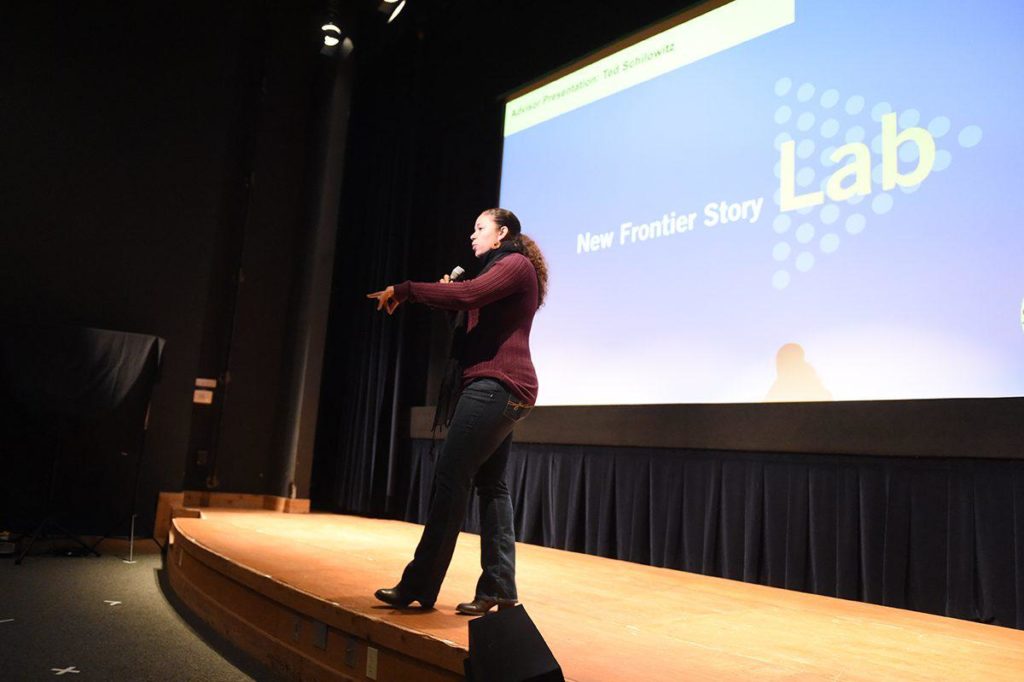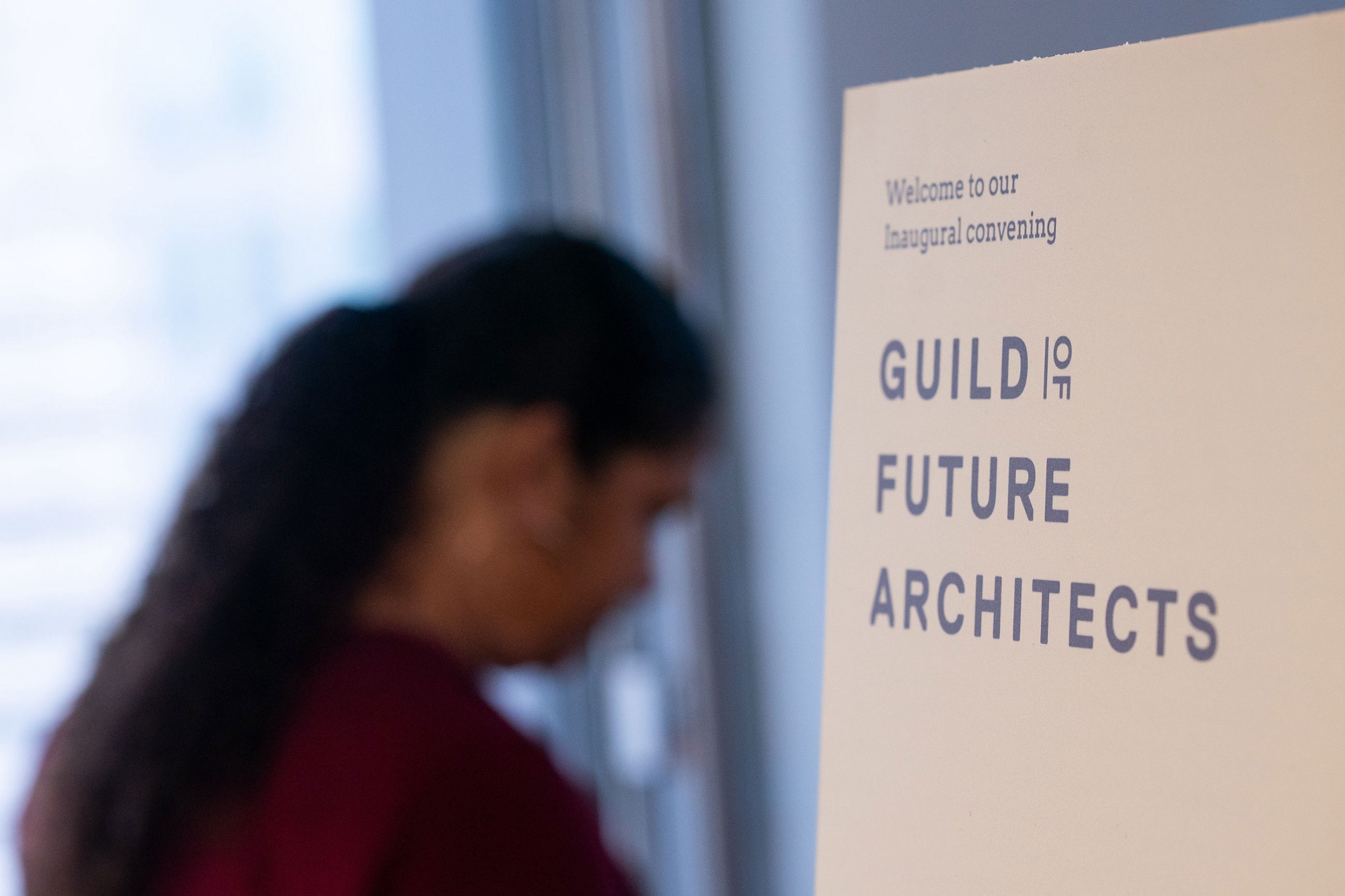How Kamal Sinclair’s Dance Background Helps Her Imagine New Futures
By conventional standards, Kamal Sinclair has had upwards of a dozen different careers. She’s been a dancer, a producer, a choreographer, a director, a creative advisor and an executive director, among other sundry positions. Today, she is a member of the executive leadership team at the Guild of Future Architects, which is designed to be “a home, refuge, and resource for people collaboratively shaping a kind, just, inclusive, and prosperous world,” as stated on its website. In this role, she brilliantly folds in her previous work experiences—she maintains the dancerly precision that made her phenomenal as a performer in STOMP as well as the fierce, nonprofit administrative intelligence that made her a visionary producer—to lead a community that is itself made up of other leaders. I spoke with Sinclair about her dance history, how embodied intelligence informs her work and why dancers do so well engaging with emerging technologies.
What is your dance history?
At 15, I joined the theater program at Los Angeles County High School for the Arts, which led me to NYU’s Tisch School of the Arts. By the end of my freshman year I auditioned for the off-Broadway show STOMP and was cast. Over the next 10 years I performed over 1,000 shows with the show; did TV specials, like the Emmy Awards, VH1, MTV and Reading Rainbow, etc.; served as founder and artistic director for a dance-theater company that produced four original plays and toured internationally over six years; finished my BFA at Tisch; and served as a founding board member of Fractured Atlas.

How does your dancing experience, and maybe embodied knowledge more broadly, affect your work in technology and community organizing?
I’ve been surprised to find a number of dancers leading technology-innovation initiatives. We can maintain awareness of our body in dynamic and sculptural or kinetic ways. Dancers’ keen awareness of immersion in omnispheric space is helpful for innovating at the sunset of flat, broadcast and observed media and the dawn of boundaryless, intelligent, omnidirectional and physically integrated technologies.

What is the origin story of the Guild of Future Architects, and how does it relate to you?
Sharon Chang, the founder of the Guild of Future Architects, envisioned and resourced the organization to help members further their creative foresight, co-creation and shared future design practices. The goal is to help us overcome fears and ideological stalemates by catalyzing an inclusive imagination of the future. GoFA creates liberated space for our minds and bodies to ask questions so we can freely imagine a more just and beautiful world…and then manifest it. I witnessed this critical need over the course of my career, and I was happy to bring my skills to the work.
What is something you wish you could tell a younger version of yourself?
In this age of rapid change, my generation suffered from a lot of anxiety about keeping up with the cutting edge. We rushed through a lot of design choices that excluded critical voices with prudent contributions that might have helped us achieve the pros of these innovations without generating so many cons. We spun up a culture and societal condition of speed and workaholism that is now at a breaking point. I wish I had taken that pressure to do more and do it faster with a lot more stride and patience.





